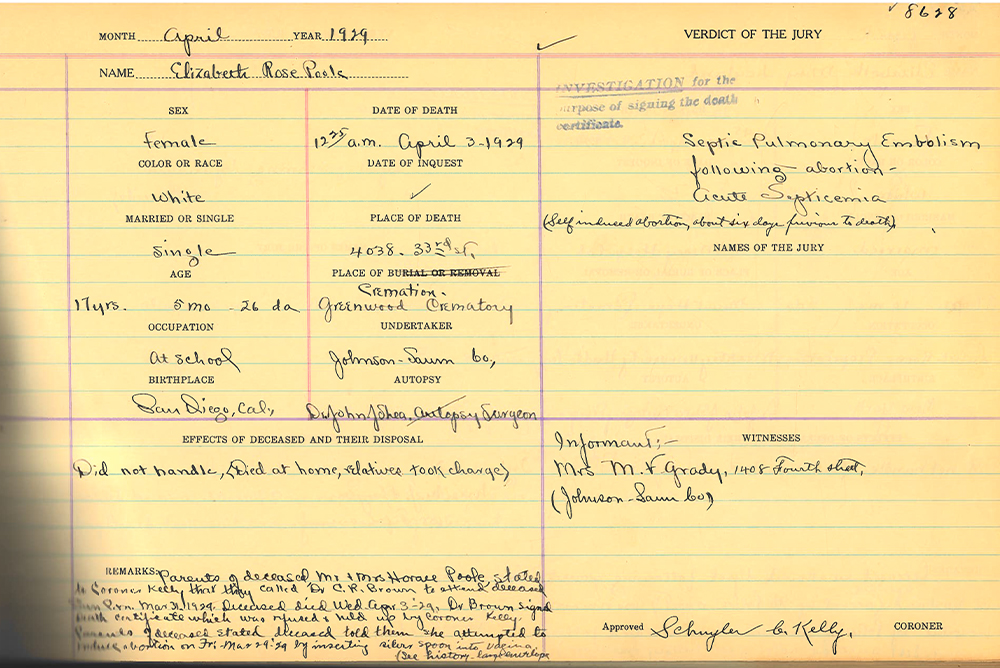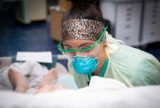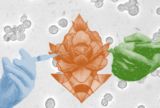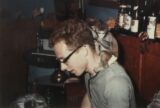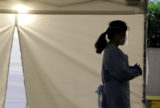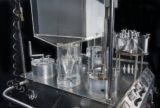Invisible Women, Invisible Abortions, Invisible Histories
One La Jolla Family’s Story Illuminates a Persistent Gap in Our Collective Memory
In the summers of 1897 and 1898, the San Diego, Pacific Beach, and La Jolla Railroad hired “Professor” Horace Poole to provide Fourth of July weekend entertainment. The spry 20-something doused himself with a flammable liquid and likely took a deep breath before setting himself ablaze, and diving from the top of the La Jolla Cliffs into the sea.
For this miraculous feat, Horace Poole is remembered well in San Diego. Poole Street in La Jolla is a hat tip to him, and his name regularly appears on local history website …




